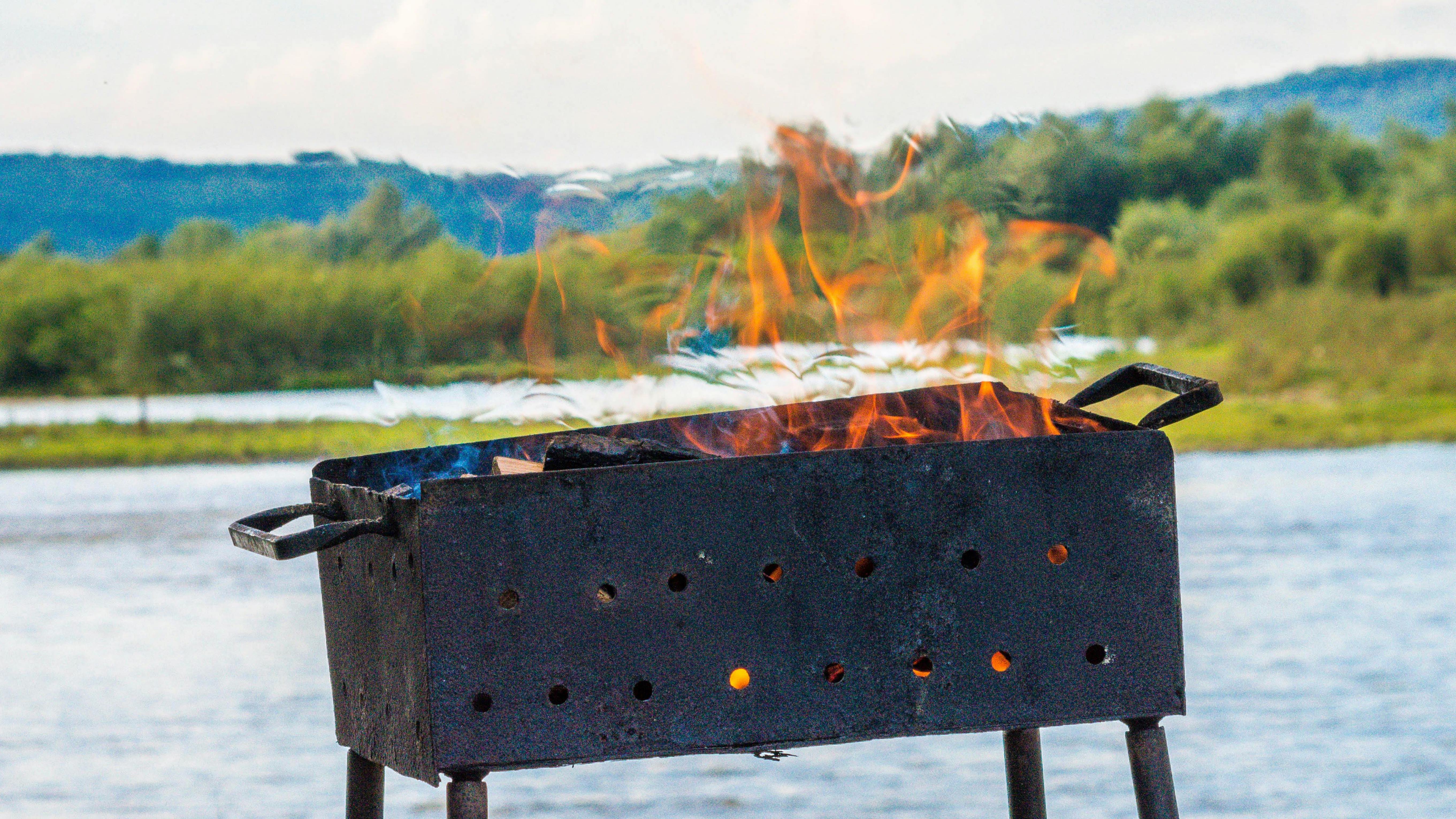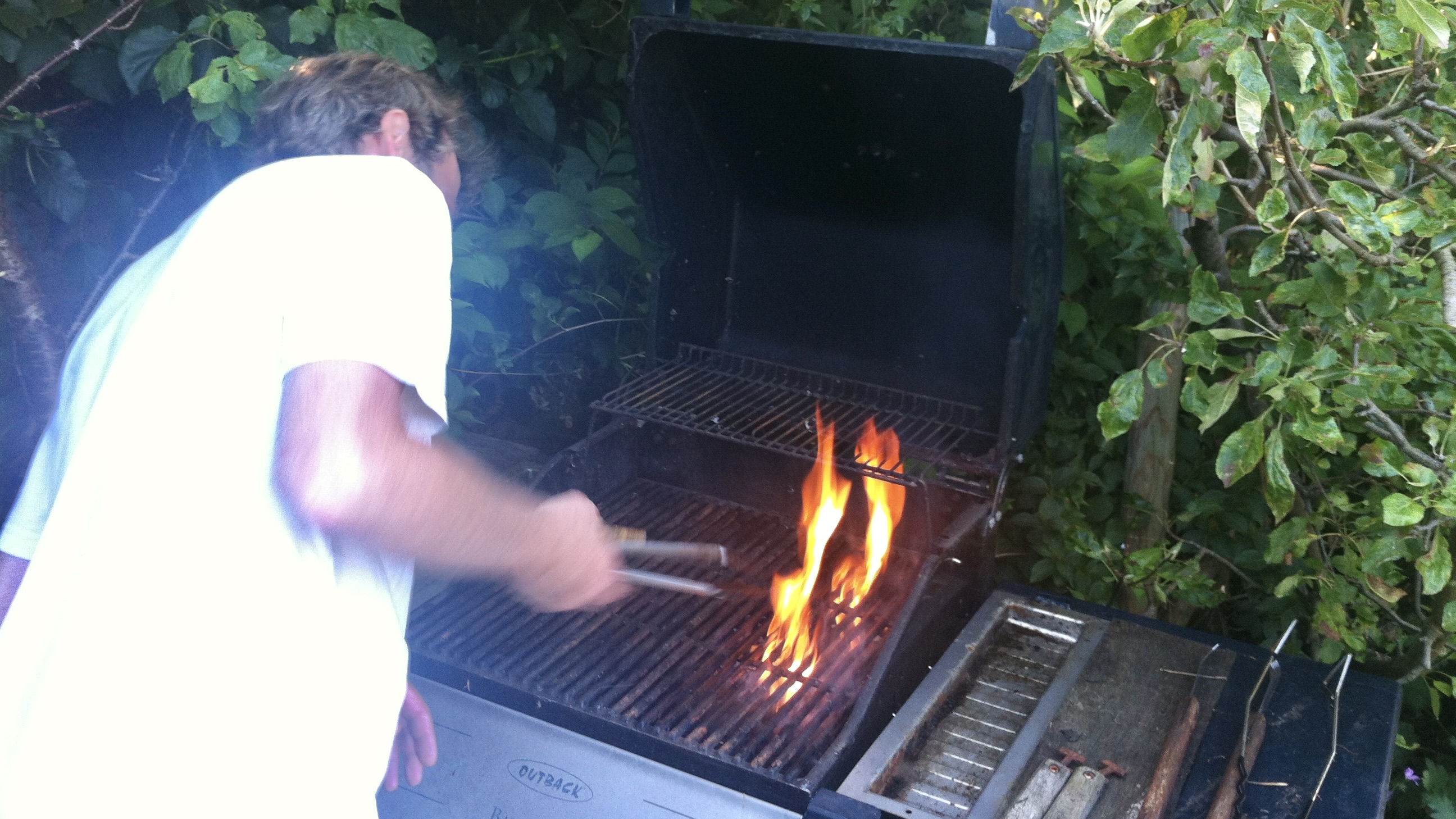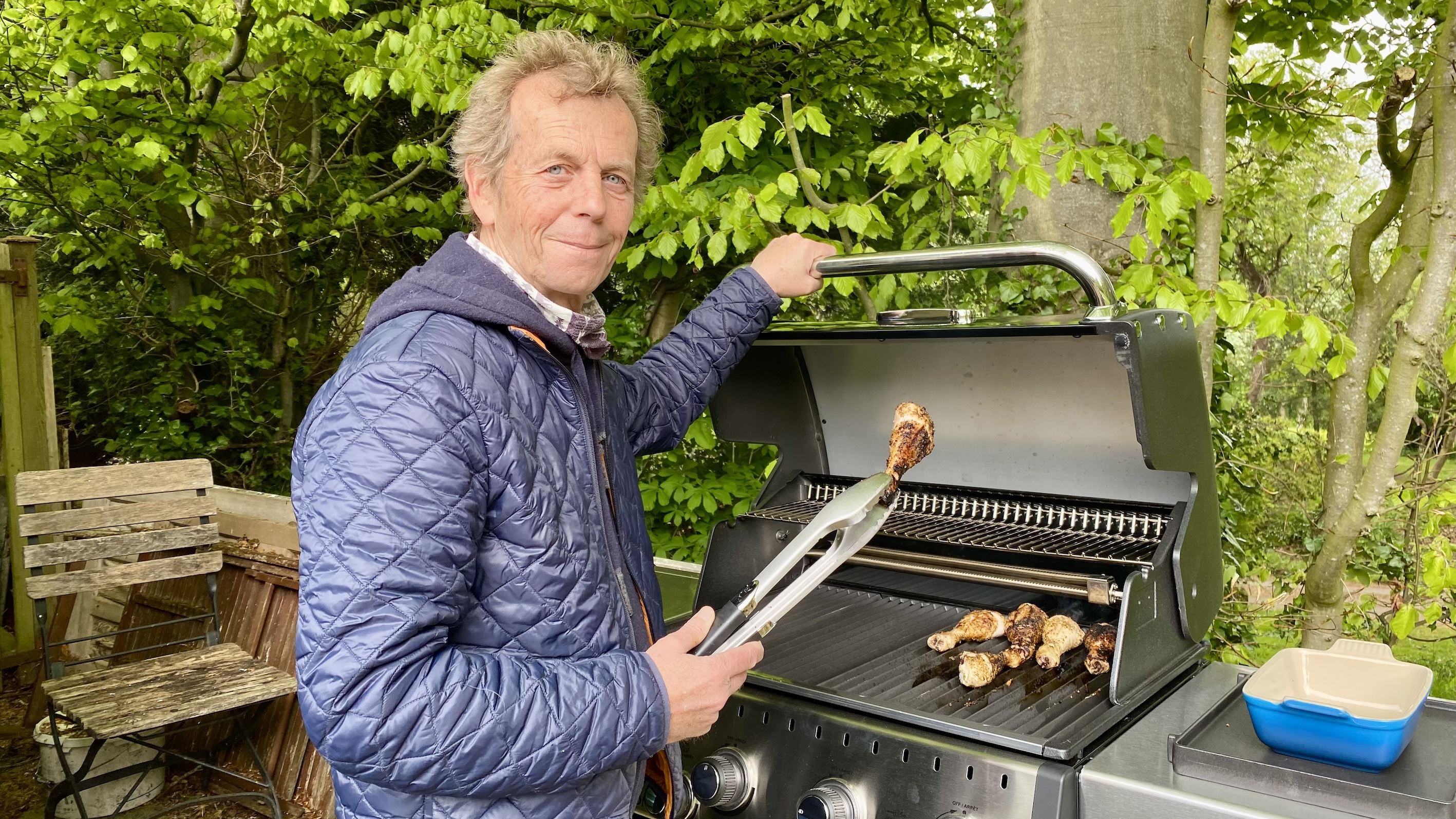6 tell-tale signs you need to replace your barbecue
How to prevent your next barbecue bash from descending into farce


A well-maintained barbecue should provide years of enjoyment but, understandably, even the best quality models will eventually degrade and require replacing.
Most of us are on a budget these days so not everyone can afford a high-quality grill. However, buying cheap can often prove to be a false economy mostly because cheap grills are cheap for a reason – they are manufactured using flimsy materials and equipped with fixings that aren’t rustproof. As a consequence, a cheap barbecue will never last as long as one built using better-quality rust-proof metals and fixings. Chances are it will be confined to the local council tip after just a couple of years while a better-made model will, in the case of say a standard Weber kettle, last for years – in some cases a whole decade. Check out our best barbecue and best gas barbecue guides for some sterling models.
But you’re not here to be lectured on spending more money when you can least afford it. What you want to know is the best way to tell whether your existing barbie still has another season of grilling in it or whether it really is time to bite the bullet and buy a new one.
By ticking off the following pointers, chances are you won’t be left in the lurch when it comes to your first barbecue of the season. After all, it’s bad enough having a family barbecue ruined by a dysfunctional grill but an altogether more disastrous outcome if you’ve invited everyone you know to your first summer barbecue bash of the year and the grill has just disintegrated all over the patio.
1. Excessive rust

While a bit of surface rust can be cleaned off with a good rubbing of WD40, which will inevitably burn off when the grill’s at its hottest, extensive rust that compromises the structural integrity of the grill is a major issue. If you notice large rust flakes coming off or, worse, rust holes in critical parts like the bottom of the charcoal bed, it's time for a new barbecue. The lid, too, is an important part that mustn’t have any rust on the inner lining because, well, who wants large flakes of rust dropping onto their burgers and sausages? Mmm, crunchy.
2. Instability or structural damage
Structural integrity is essential for safe grilling – an unstable barbecue can genuinely lead to a nasty accident. Your barbecue should be as sturdy and stable as the day you bought it. If it wobbles, has broken legs or other structural damage, it will probably be too dangerous to use. This is especially true of charcoal grills, because no-one wants a leg to snap off while shifting it when fully lit and the coals are as hot the surface of the sun.
So, before use, give the grill a good shake to make sure the legs and body attachments feel sturdy. High heat often makes screws work a loose so grab a spanner and tighten them up again. But if the barbecue still feels frail, it’s time for a change.
Get all the latest news, reviews, deals and buying guides on gorgeous tech, home and active products from the T3 experts
3. Worn-out grill grates
Stainless steel and cast iron grill grates take the brunt of the wear and tear and they will almost certainly look a bit rusty after a winter out in the open. Of course, the best way to avoid this – and other age-related issues – is to store the BBQ in a dry shed or at least under a tight-fitting cover.
However all is not lost when it comes to rusty grates because most of the oxidisation can be removed using baking soda paste, a mixture of baking soda and vinegar or lemon juice and baking soda. So take them off the grill, lean over the kitchen sink and get scrubbing. Any rust still remaining will almost certainly burn off once they’re back on the grill. As a precaution, before placing the food, grab a good BBQ-specific wire brush and give the grate or grates a last scrub.
However, if the cooking grate is cracked, warped or significantly damaged by rust, you might be able to purchase a new one, especially if the BBQ is a name brand like Weber or Napoleon. But if it’s a cheapo grill, it might be more cost-effective to replace the entire barbecue.
4. Persistent ignition issues
These next pointers relate to gas grills which can be more susceptible to age-related issues since they’re much more complex in structure. Unlike a charcoal barbecue which is essentially a bowlful of hot charcoal with a wire rack above, a gas BBQ is full of metal pipes leading to a series of burners that need to ignite automatically using the Piezo ignition system.
Piezo ignitions often stop working properly after a few seasons of barbecuing but they can often be cleaned with a squirt of WD40 contact cleaner. Failing that, many manufacturers supply their products with an extendable match stick holder to light the gas from a safe distance. The question is how long you’re prepared to go on using a match to light the barbecue and whether it might be time to throw in the towel and just buy a new model.
5. Uneven heating

One of the most frustrating issues for any griller is uneven heating. If you find hot and cold spots despite thorough cleaning and maintenance, your gas barbecue's burners or heat distribution system may be failing and that, frankly, is not a good thing. In this instance I’m afraid it’s definitely time for an entire new grill.
6. Faulty gas line
For gas grills, the condition of the propane or butane lines is critical. Cracks, leaks or other damage to the gas lines are not only a sign that your grill is well past its sell-by date but also a serious safety hazard. You really don’t want to be messing about when it comes to gas and that, of course, also applies to smelling it when you first turn the gas bottle on.
If you do smell gas before lighting the BBQ, first check for any leaks where the gas hose meets the regulator – the valve system that's attached to the gas bottle. To do this, pour some washing liquid over the connection to see if any bubbles form. If they do, buy a new hose and refit. If it transpires that it’s the regulator itself, purchase a new one which will likely come with a new hose, too.
If you still smell gas after these repairs, take the barbecue to the nearest refuse dump and wave goodbye to it, knowing full well that you only ever needed a little persuasion to go out and buy a new one.
How to prevent your barbecue from degrading in the first place
If you’re unable to store your barbecue in a dry area like a verandah, porch or shed, consider buying a good-quality, tight fitting cover for the BBQ. Most name manufacturers provide great-quality covers for their barbecues and you can be sure they will be tight fitting because each one is produced for a specific model.
A cheap no-name brand of cover will also do the trick to some degree but you can be sure that it will disintegrate after a couple of years under the sun, which has a nasty habit of bleaching and degrading most covers after two to three years.
In my experience, the most robust – and therefore most expensive – barbecue covers come from Broil King, Masterbuilt, Char-Broil and Weber. But Grillman (from Amazon) is also a pretty safe bet if looking for a very decent third-party cover that doesn’t cost too much.
Derek (aka Delbert, Delvis, Delphinium, Delboy etc) specialises in home and outdoor wares, from coffee machines, white appliances and vacs to drones, garden gear and BBQs. He has been writing for more years than anyone can remember, starting at the legendary Time Out magazine – the original, London version – on a typewriter! He now writes for T3 between playing drums with his bandmates in Red Box (redboxmusic).
